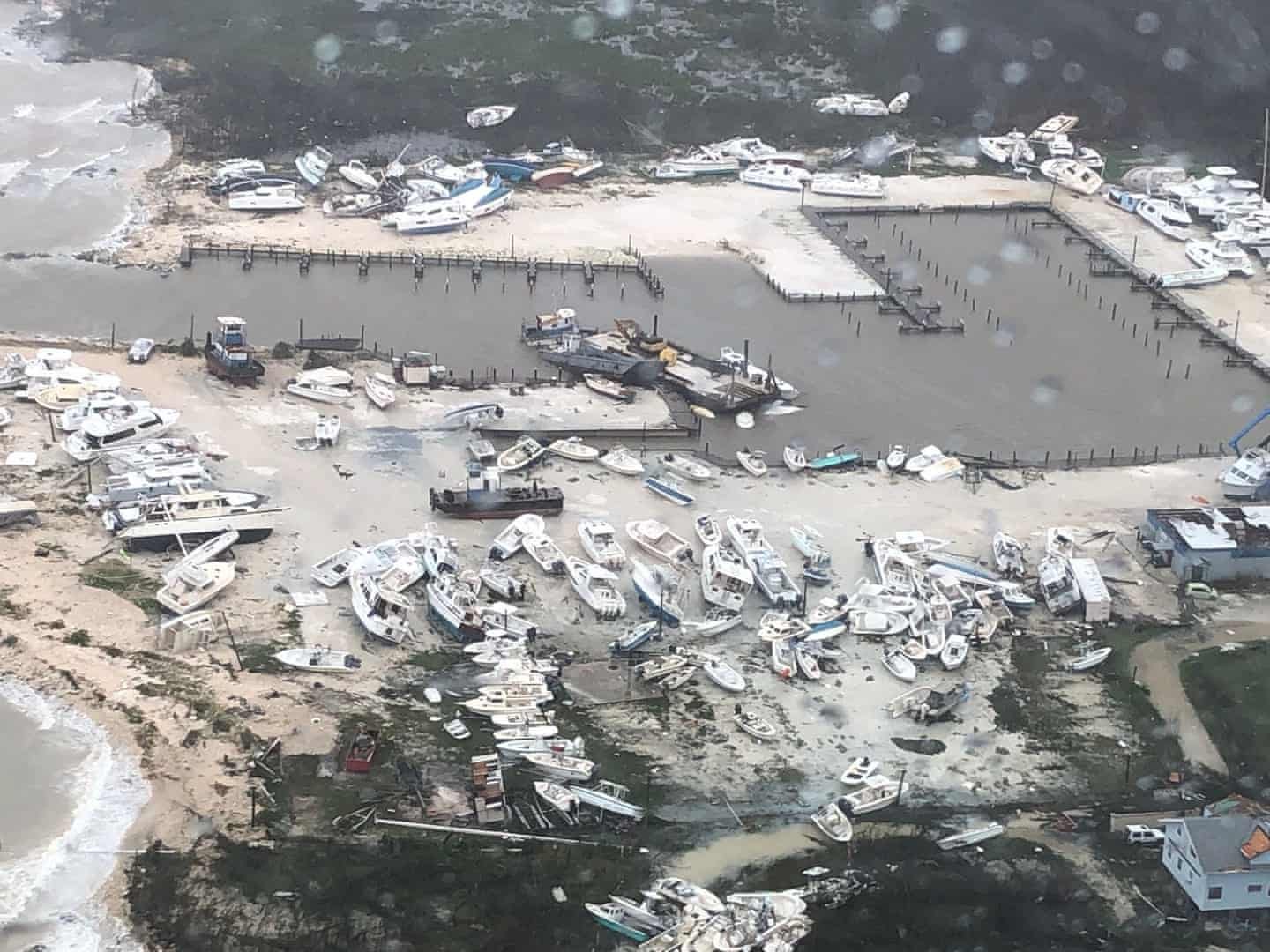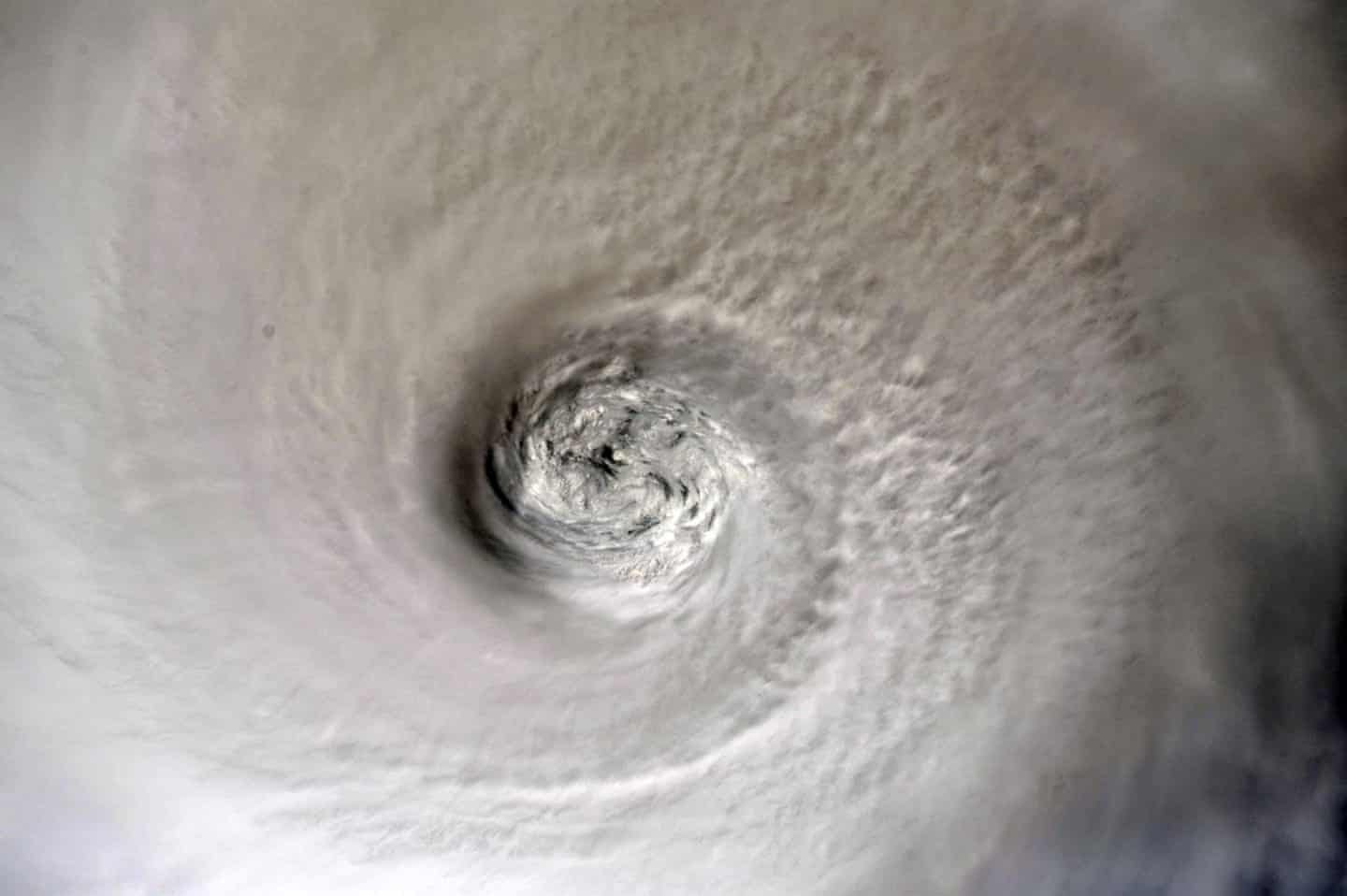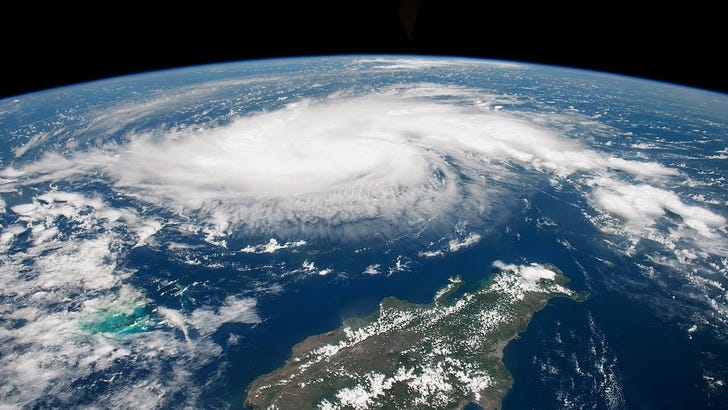🇧🇸 Devastation in The Bahamas
Hello, and welcome to a very depressing edition of Inside The Newsroom. No podcast today, just a recap of what’s gone down in the Bahamas over the past few days. More and more images have started to come out showing the destruction on various islands, with the majority of Grand Bahama completely under water. Friend of the podcast Josh Morgerman aka @iCyclone has finally tweeted to say he’s alive. Josh is the craziest man I know and hit the eye of the storm head on. Thankfully he’s OK, but many, many people on the islands are not.

We knew Hurricane Dorian was going to be bad, but not this bad. Here’s what we know…
One of the Strongest Hurricanes Ever
Dorian’s maximum sustained winds — how the strength of a hurricane is measured — reached 185mph, which ties it for the second strongest Atlantic hurricane on record, behind only Allen in 1990, which peaked at 190mph. In terms of pressure — the way a hurricane’s intensity is measured — Dorian reached as low as 913.4mb inside the eye, according to Josh. The lower the pressure, the more intense the storm, and Dorian is among the most intense Atlantic hurricanes on record.
Why Did Dorian Stall on the Bahamas?
The speed at which hurricanes travel depends on the latitude of the storm, and those in the east and the Gulf typically move at 17mph. But what’s made Dorian all the more deadly is the fact that it slowed down to a snail’s pace over Grand Bahama, and at one point was completely stationary — unheard of for a category 5 hurricane. This was caused by two opposing wind systems on either side of Dorian, pulling it in opposite directions.
Slow-Moving Storms Like Dorian Are Becoming the Norm
My former colleague at FiveThirtyEight, Maggie Koerth-Baker, wrote a fantastic piece last year after Hurricane Florence stalled over the Carolinas. Maggie excellently explained the consequences of such slow storms. Storms like Dorian are often the most expensive and the damage will be well into the billions of dollars.
Maggie Koerth-Baker, FiveThirtyEight
Is It Time For Category 6 Hurricanes?
Dorian’s 185mph winds were enough to practically drown an entire island. The debate of whether we need to introduce a ‘Category 6’ to measure such storms has begun again, as it does immediately after every ultra-powerful hurricane. In context, this question does nothing for the people currently suffering in the Bahamas. But it does raise the important question of whether climate change will make it necessary to have such a category, as storms are becoming loaded with more energy, more rain and more ferociousness than ever before.
Is Climate Change Making Hurricanes Worse?
Time for a shameful plug of my piece from last year that explored whether climate change is making hurricanes worse. ‘Worse’ is a tricky word to define. What does it mean for one hurricane to be worse than another? More deaths? More damage? Stronger winds? More people and more buildings will inevitably mean more deaths and costlier storms. That doesn’t have a direct link to climate change. What does have a direct link is warmer ocean temperatures. Warming waters give hurricanes the fuel to be more explosive than ever, last longer and contain more rain to dump over helpless cities.
Daniel Levitt and Niko Kommenda, the Guardian
Hurricanes Don’t Matter
Here’s something I put together that shows how devastating hurricanes in people’s backyards don’t really affect how people feel about climate change. Instead, climate change views directly correlate with which party you vote for.

Dorian In Pictures

Photograph: Ramón Espinosa/AP

Photograph: Stringer/Reuters

Photograph: US coast guard district 7 PADET Jacksonville

Photograph: NOAA/AP

Photograph: Nasa/Via Reuters
Please keep the people of the Bahamas in your hearts and consider donating to a relief fund. Here’s how to help, and how to not to help…



